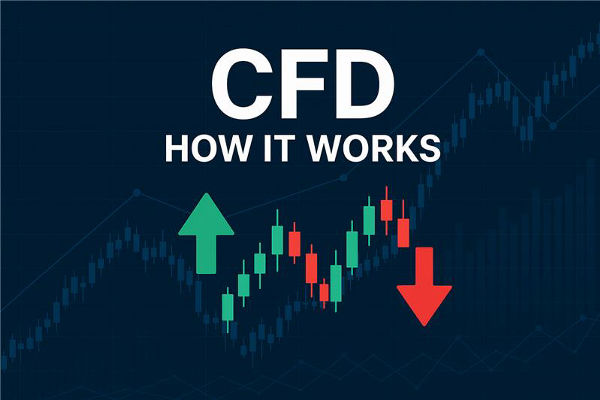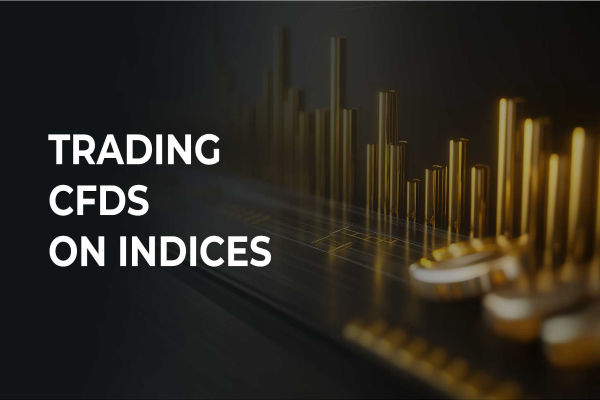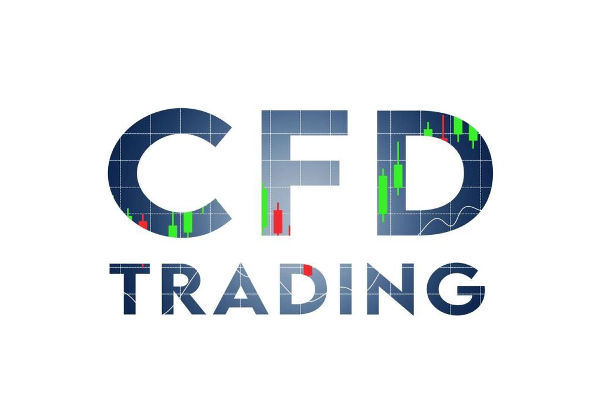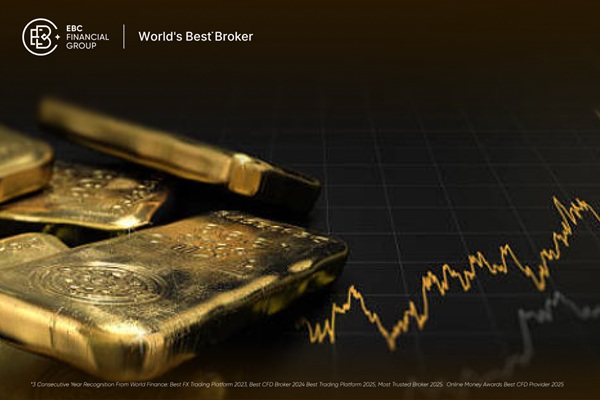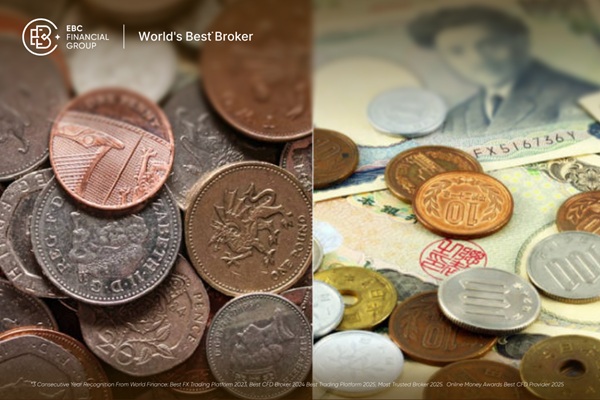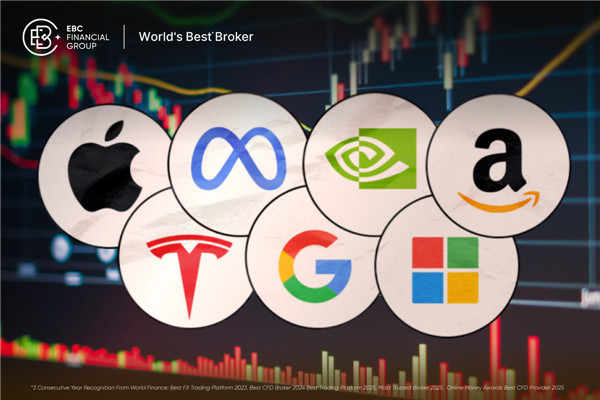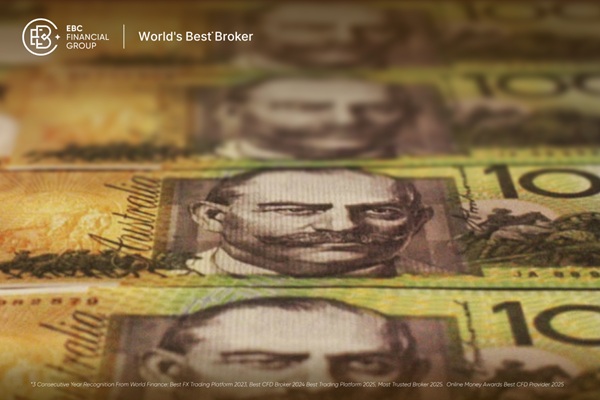Price difference contracts are gradually becoming popular in the market, and there is a trend of increasing attention. This is naturally due to more flexible operations and relatively more product choices. However, participants cannot only see the good side and ignore the risks involved. Compared to other types of investments, contract for difference trading carries a high degree of risk, and the following are worth paying attention to:
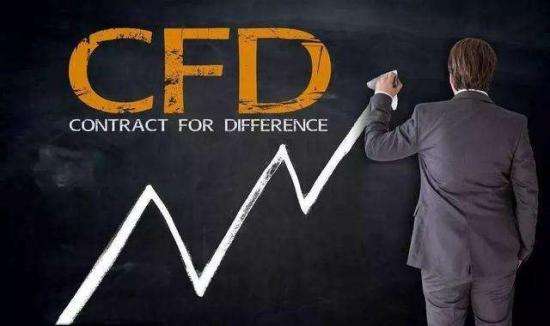
1. Compulsory closing risk
You must ensure that there is sufficient funds in your account to meet the Margin Requirements. Otherwise, when the net value of your account falls below the maintenance margin, some or all of your positions may be liquidated. So it is necessary to maintain additional funds in the account or close some positions to ensure that the account can always meet the margin requirements.
2. Possible loss of principal
When you buy a contract for difference transaction, assuming a margin rate of 5%, you only need to deposit 5% of the total value of the position as a margin. But if the product price moves 5% in an unfavorable direction, there will be a loss of all principal. Especially when the market suddenly fluctuates significantly, the risks faced are greater.
3. Market fluctuation risk
The financial market fluctuates frequently every day, and it is inevitable that sometimes market fluctuations can lead to short selling gaps. As a result of market fluctuations, gaps can occur when product prices suddenly change, which can affect the price of transaction execution. Especially when setting stop loss/stop profit indicators, the impact can be significant. You may not be able to stop loss/stop profit positions at the expected price during sudden market fluctuations.
4. The risk of additional margin
The general trading method of price difference contracts is for customers to pay a certain proportion of margin to the broker according to the agreed number of hands as frozen funds. However, during periods of volatility, brokers may increase their margin, which means that investors must inject more funds to hold positions. If not, the position will be partially or fully liquidated to meet the margin requirements.
5. Excessive holding costs
Depending on the position you hold and the duration of your holding, there may be holding costs. If you hold an overnight position in certain products after 5:00 pm New York time, your account will be charged a daily holding cost. If the holding time is long and not effectively managed, costs will accumulate over time. In some cases, especially when holding a position for a long time, the total cost of holding a position may exceed the amount of your profit, or it may significantly increase the loss.
6. Counterparty risk
The so-called counterparty risk refers to the risk of traders not fulfilling the trading terms of the contract, resulting in trading problems. Counterparty risk is very common in most over-the-counter (OTC) derivative product transactions. If the counterparty (such as a broker) does not meet the financial requirements stipulated by the exchange, the value of the contract for price difference cannot be realized regardless of the underlying product trend. If a trader goes bankrupt, investors will not get back cash, stocks, or anything else. Choosing strong and fair traders can effectively reduce risks in this regard.
CFD Contract for Difference Transaction Summary
1. CFD contract for difference (CFD) is a financial derivative that trades not real financial assets, but based on predictions of the rise or fall in asset prices in the global stock, index, foreign exchange, commodity, or digital currency markets.
2. CFD price difference contracts allow traders to trade in both directions, which means that you can not only long but also short.
3. Contract for Difference (CFD) is a type of margin trading that provides leverage for traders, who only need to invest a small portion of the total position value as the opening cost to control the value of larger positions.
4. CFD itself is not a fraud, but traders need to be wary of CFD contract for difference trading fraud platforms.
5. CFD contract for difference trading carries the risk of exposure, so traders need to choose a reasonable multiple of leverage and timely use risk management tools.
6. CFD simulation trading accounts are very important for beginners. Trading beginners can not only familiarize themselves with platform functions through CFD simulation accounts, but also use the funds in the simulation accounts to start practicing trading.
7. When many investors enter the cfd market for trading, they only consider the issue of returns, but forget the aspect of stop loss. In order to better avoid risks when trading CFD, it is necessary to do a few things well. It is best to conduct simulated trading in advance and obtain relevant returns before conducting actual trading.
【 EBC Platform Risk Reminder and Disclaimer 】: There are risks in the market, and investment needs to be cautious. This article does not constitute investment advice.







